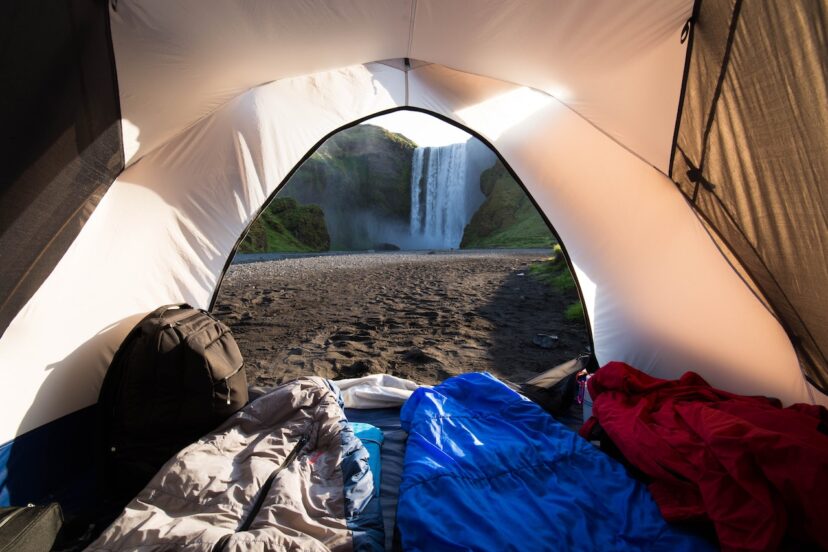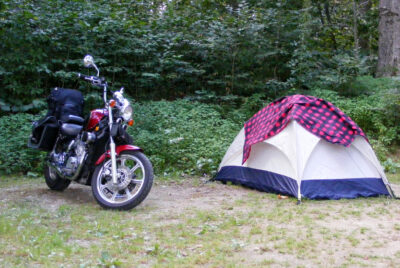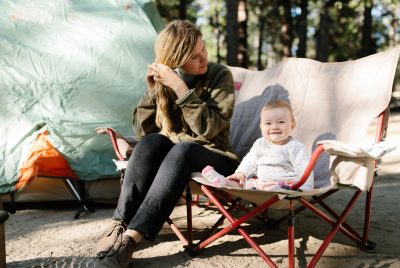Choosing a Sleeping Bag
Ah, experiencing the great outdoors in a Sleeping Bag! Nothing compares to the sweet sensation of waking up amidst nature’s symphonies. But a good night’s sleep in the wild begins with one crucial camping gear – choosing a sleeping bag. Now, how do you choose one that suits your needs perfectly?
Understand the Importance of a Good Sleeping Bag
The sleeping bag is more than just a bed for the night; it’s your cocoon of warmth and comfort in the wilderness. A good sleeping bag can make a difference between a night spent restlessly shivering and a peaceful slumber under the starlit sky.
Determine Your Specific Needs
Before diving into the features and specifications, ask yourself: What do I need from my sleeping bag?
Consider the Weather Conditions
Seasonal Sleeping Bags
Different sleeping bags cater to different seasons. There are summer, 3-season, and winter sleeping bags, each designed to keep you cozy in specific temperature ranges. It’s crucial to match your sleeping bag with the season you’ll be camping.
Keep in Mind the Destination in Choosing a Sleeping Bag
Altitude and Environment
The destination also plays a significant role. Camping in high-altitude or wet environments will require sleeping bags with specific features like water-resistant material or additional insulation.
Think about the Trip Length
Weight and Packability
If you’re backpacking or hiking, weight and packability become critical factors. You want a sleeping bag that won’t weigh you down or consume too much space in your backpack.
Familiarize with Sleeping Bag Types
There are several types of sleeping bags, each with its own set of pros and cons.
Mummy Sleeping Bags
These are lightweight, thermally efficient bags ideal for cold and harsh weather conditions. They have a tapered design and a hood to provide maximum insulation.
Rectangular Sleeping Bags
These provide ample space for movement, making them perfect for campers who feel claustrophobic in mummy bags. However, they are usually less heat efficient.
Double Sleeping Bags
These are designed for two, perfect for couples or parents with a young child. They offer space, comfort, but may sacrifice some thermal efficiency.
Sleeping Bag Features
Once you understand your needs and the types of sleeping bags, it’s time to delve into some crucial features.
Insulation Types
Down vs. Synthetic
Down-insulated bags are lightweight, compressible, and excellent for cold, dry climates. Synthetic bags are heavier, but they perform better in wet conditions and are more affordable.
Temperature Rating in Choosing a Sleeping Bag
The temperature rating suggests the lowest temperature at which a sleeping bag can keep the average sleeper warm. Consider this rating in relation to your camping conditions.
Zippers
Zippers can be a convenient feature allowing you to connect two bags or adjust the ventilation inside.
Hoods and Neck Collars
For colder climates, a hood and a neck collar can help retain heat and offer a snug fit.
Test Before Buying
Once you have an idea about what you want, testing is paramount. If possible, hop inside the bag to get a feel for its size, comfort, and warmth.
Care for Your Sleeping Bag
Regular care will extend your sleeping bag’s life. Keep it clean, store it properly, and it’ll reward you with years of cozy camp nights.
Final Thoughts on Choosing a Sleeping Bag
Remember, the best sleeping bag is the one that fits your personal needs. Consider all these factors, test out your options, and you’re sure to find the perfect companion for your wilderness nights.
FAQs
Do I always need a sleeping bag for camping?
Yes, a sleeping bag is a crucial part of camping equipment. It provides comfort and warmth during the night.
Can I use a 3-season sleeping bag in the winter?
While possible, it may not provide the required warmth. Winter sleeping bags are designed specifically for cold conditions.
Are down better than synthetic?
Each has its advantages. Down is lighter, more compressible but less efficient in wet conditions. Synthetic is heavier but performs better in damp environments.
How often should I clean my sleeping bag?
It depends on how frequently you use it. However, it’s advisable to clean it after every season of heavy use.
Does a more expensive sleeping bag mean a better product?
Not necessarily. The best sleeping bag is the one that fits your needs and budget. Consider the features, comfort, and durability over the price.





Comments are closed.